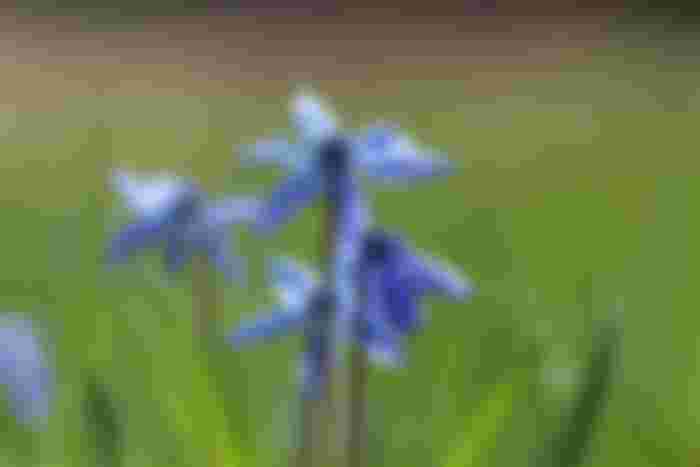Our earth's environment is made up of matter and organisms. There is a combination of many kinds of living things and a lot of inert matter. How many kinds of creatures do we have on this earth? It is very difficult to give an accurate account of it, but it is much easier to present it as a species (whose physical and reproductive traits are similar and who are descended from the same ancestor). About thirteen lakh animal species and four lakh plant species have been described and named so far. Each species is characterized by its own characteristics and with that characteristic any one species is different and identifiable from other species. Such a jackfruit is a species and with its special features it is possible to distinguish it from other species. Due to the diversity of living things, it has become possible to divide the living world into millions of species. Again man is a species. About seven billion people live in the world today. Not all of them are exactly the same, they are different in some way or another. That is, there is also diversity among the members belonging to the same species. So, in short, the abundance and diversity of the living beings on earth is called biodiversity.

Biodiversity Biodiversity can be divided into three types, Species diversity. Genetical diversity 42 (Ecosystem diversity)! The number of species differs from one species to another due to the distinguishing features of the wells. For example, with the left, the size, temperament, violence, and number of deer varies. One hereditary diversity: There are many differences between members of the same species. Such as different. These Perths are formed due to the slight variation in their gene organization. This is because it is through genes that the hereditary traits of an organism are transmitted from generation to generation. Each trait has specific genes. Due to various reasons, the structure and arrangement of these genes change and the characteristics of the offspring change, and new species may develop. This process is called diversity. Ecological diversity: Any change in the ecosystem's frightening elements, chemical elements and biological elements disturbs the balance of the ecosystem. These changes are certainly slow and continuous. In order to adapt to this change, changes have also taken place in the organisms living there. The resulting biodiversity is called ecological diversity. The ecosystems of a small pond are different from the ecosystems of rivers and flora. Forests, grasslands, lakes, rivers, wetlands, mountains, seas, deserts, etc., are a living community with their own characteristics. Impact of biodiversity in maintaining the stability of the ecosystem: The elements of the environment are intimately related to each other. This complex relationship has been created to maintain the balance of the environment. This balance is established in the environment through the activities of a large number of organisms. Only the extinction of a particular species in the environment can lead to a catastrophe. That is why biodiversity is especially important for sustaining the environment. Ecology, which was once considered unnecessary and undesirable, has played an important role in preserving the environment. At one time there were numerous oysters on the Sapphire coast of the United States. The water of Gaeta area is purified in just three days.

. But 99 percent of those oysters are extinct. The resulting oysters. N can no longer purify that water in a year. Due to this, the water of that coast is gradually becoming muddy and the amount of oxygen in the water is decreasing. An adult frog can eat as many ripe spiders as it weighs in one day. These spiders cause extensive damage to our crops. But the use of various pesticides is destroying the frogs. Of birds. The main food is insects. Of these, pests are more harmful to humans and crops. Moreover, birds also play an important role in pollination. Owls, eagles, kites and hawks are known as predatory species. They control the number of rats by eating them. A pair of rats living in a variety of human habitats without interruption. By the end of the year, the number of rats will be 440. But an owl can digest at least three rats a day. If vultures, eagles and crows had not cleaned up the debris of nature, the earth would have been soothed by the germs of rage. . That is why no creature can be called unnecessary. The extinction of any species from the environment destroys the stability of the ecosystem. Therefore, the role of biodiversity in conserving ecosystems Figure Vultures, kites and crows regularly clean up nature's debris.

Thanks for reading.



Mind-boggling article. Thanks